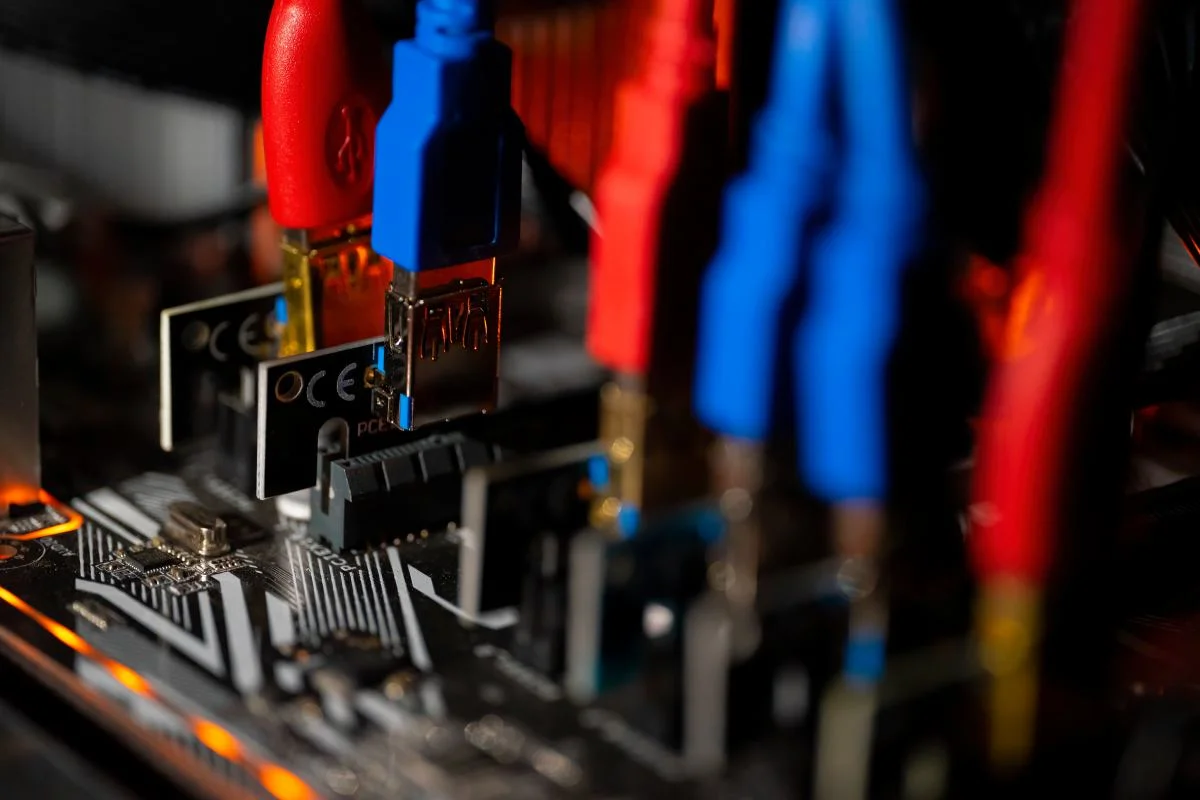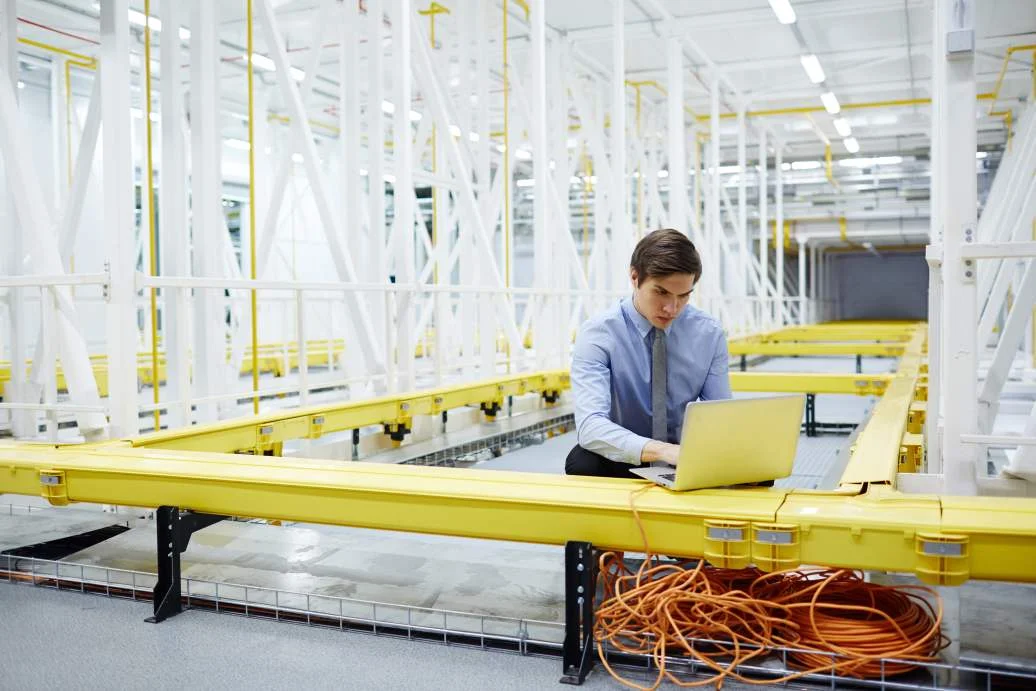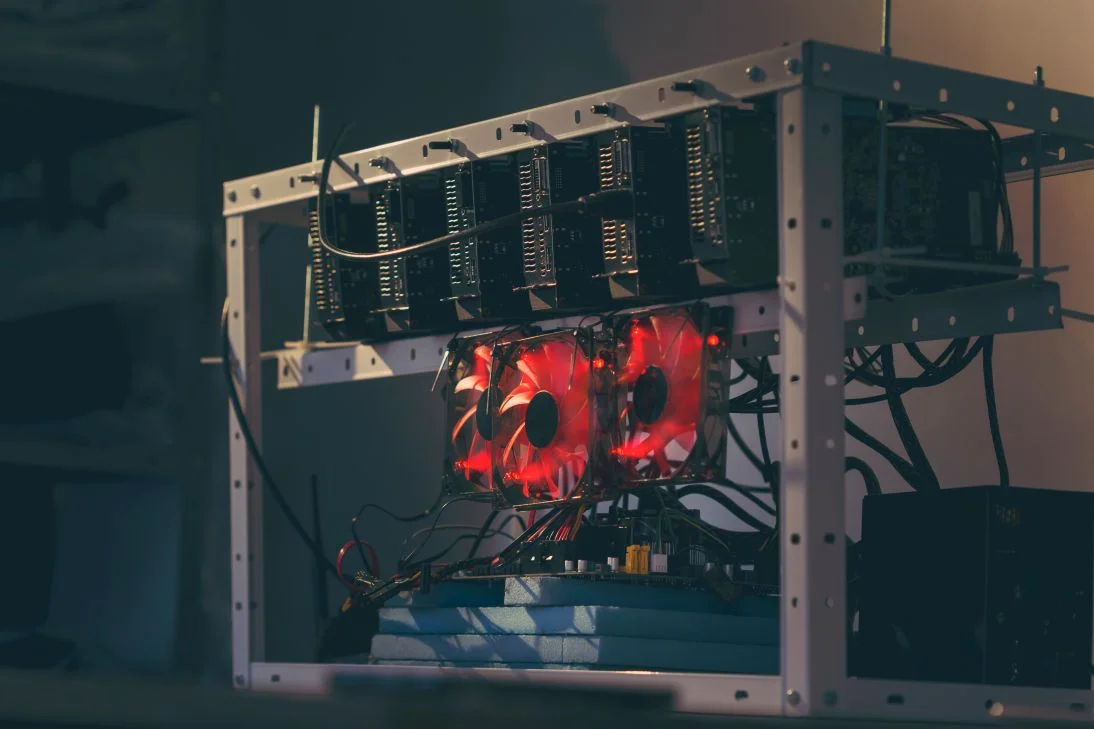
Email:
Follow us:

With the rising popularity of cryptocurrencies, Ethereum has become one of the most sought-after digital assets. But mining Ethereum can be a complex and daunting task for beginners making them wonder how to mine ETHW.
In this article, we will help you start mining ETHW (Ethereum) and provide you with valuable tips and strategies to maximize your mining efforts. Whether you're a seasoned miner looking to optimize your mining rig or a complete newbie eager to start your mining journey, this guide has got you covered.
Ethereum mining is the process of validating and adding new transactions to the Ethereum blockchain. It is a crucial aspect of the network's functionality and ensures its security and decentralization. Unlike traditional fiat currencies, Ethereum is not issued or controlled by any central authority. Instead, it relies on a consensus algorithm called Proof of Work (PoW) to achieve consensus and validate transactions.
In Ethereum mining, miners compete against each other to solve complex mathematical puzzles. The first miner to solve the puzzle and validate a block of transactions is rewarded with newly minted Ethereum and transaction fees. This process requires substantial computational power and electricity, making it essential to have the right hardware and software setup for efficient mining.
Mining Ethereum involves the use of specialized hardware known as mining rigs, which are essentially powerful computers designed to solve mathematical puzzles. These rigs are equipped with high-performance graphics cards (GPUs) or application-specific integrated circuits (ASICs) that are optimized for mining cryptocurrencies. Additionally, miners need to install mining software that connects their rigs to the Ethereum network and facilitates the mining process.

To mine the EthereumPoW ETHW efficiently, it is crucial to have the right mining equipment. The hardware requirements for Ethereum mining primarily revolve around the mining rig's processing power and energy consumption. Here are the key components you need to consider when building your mining rig:
GPUs are the workhorses of Ethereum mining. They are responsible for performing the complex mathematical calculations required to validate transactions and secure the network. When selecting a GPU, look for models with high hash rates and energy efficiency. Popular choices include the Nvidia GeForce GTX series and the AMD Radeon RX series.
While the CPU is not as critical as the GPU for Ethereum mining, it still plays a role in managing the mining software and coordinating other system tasks. A mid-range CPU should suffice for most mining setups.
The motherboard is the backbone of your mining rig, connecting all the components. Opt for a motherboard with enough PCIe slots to accommodate multiple GPUs. Ensure it is compatible with your chosen CPU and has sufficient power delivery capabilities.
Mining rigs consume a significant amount of power, so it is crucial to have a reliable and efficient power supply. Look for a high-wattage PSU with multiple PCIe power connectors to support your GPUs. For convenient cable management, you can get a modular PSU.
While Ethereum mining doesn't require a lot of RAM, it's still essential to have sufficient memory for smooth operation. Aim for at least 8GB of RAM to ensure optimal performance.
A solid-state drive (SSD) is usually the top pick for smooth operations and faster boot times. However, a traditional hard disk drive (HDD) can also suffice if you're on a tight budget.
Mining rigs are characterized by overheating issues since they generate large amounts of heat. Efficient cooling is necessary to ensure optimal performance despite the heat generated. Consider installing multiple high-quality fans or investing in a dedicated cooling system such as liquid cooling.
Choosing the right mining software is essential for efficient Ethereum PoW mining. The mining software acts as a bridge between your mining rig and the Ethereum network, allowing you to connect and communicate with other miners and validate transactions. Here are a few factors to consider when choosing the ideal mining software.
Your mining software should be compatible with your OS. Most popular mining software options, such as Claymore's Dual Miner, PhoenixMiner, and Ethminer, are available for both Windows and Linux.
Look for mining software with a user-friendly interface and straightforward setup process. Some software even offers pre-configured settings for popular mining hardware, making it easier for beginners to get started.
Different mining software may have varying levels of performance and efficiency. Research user reviews and benchmark tests to find software that provides optimal hash rates and energy consumption.
Some mining software offers advanced features like remote management, monitoring tools, and customizable mining strategies. Consider your specific needs and preferences when selecting software with additional features.
Once you have chosen your mining software, it will be necessary to set up your mining rig. Start by assembling your mining rig according to the hardware requirements discussed earlier. Download the mining software of your choice from the official website or trusted sources. Configure settings like adding your Ethereum wallet address, mining account, and such according to your preferences.
You can always mine Ethereum independently and utilize an Ethereum Fork to take advantage of the changes in the underlying protocols if needed.

Joining a pool for ETHW mining is a popular option for Ethereum miners, especially for those with limited mining resources. Mining pools are communities of miners and experienced users who combine their computing power to increase their chances of solving mathematical puzzles and earning rewards. Here are the benefits of joining a mining pool:
When you are pondering over which mining pool to select, keep in mind the following factors:
Algorithms for mining EthereumPOW play a crucial role in determining the process and hardware requirements. Currently, Ethereum uses the Ethash algorithm for its mining operations. Ethash is a memory-hard Proof of Work algorithm designed to be resistant to Application-Specific Integrated Circuit (ASIC) mining, favoring GPU miners instead. Understanding the Ethereum mining algorithm can help you optimize your mining rig and maximize efficiency. Here are some key points about the Ethash algorithm:
As Ethereum continues to evolve, there may be future updates and changes to the mining algorithm. Stay informed about any updates and adapt your mining strategy accordingly to remain efficient and profitable.

Ethereum mining can be a lucrative endeavor when approached with the right knowledge and strategies. By maximizing mining efficiency and profitability, troubleshooting common challenges, and staying informed about the future of Ethereum mining, you can unlock the potential of this digital asset and start earning ETHW in no time.
If you're running a business, it's not too late to join the cryptocurrency trend. You don't need to know about crypto mining to start accepting payments. Unipayment makes it effortless for your business to accept and manage crypto payments with its seamless, secure, and swift crypto payment gateway. Unipayment offers numerous features like developer-friendly integration options, a unified multi-cryptocurrency gateway, fair conversion rates, swift and secure payout options, and more.
At Unipayment, the mission is to be a bridge between traditional and new-age payment processing. Come join us and realize your business potential today. Connect with us via our website and join our community for updates and market trends for all things crypto.